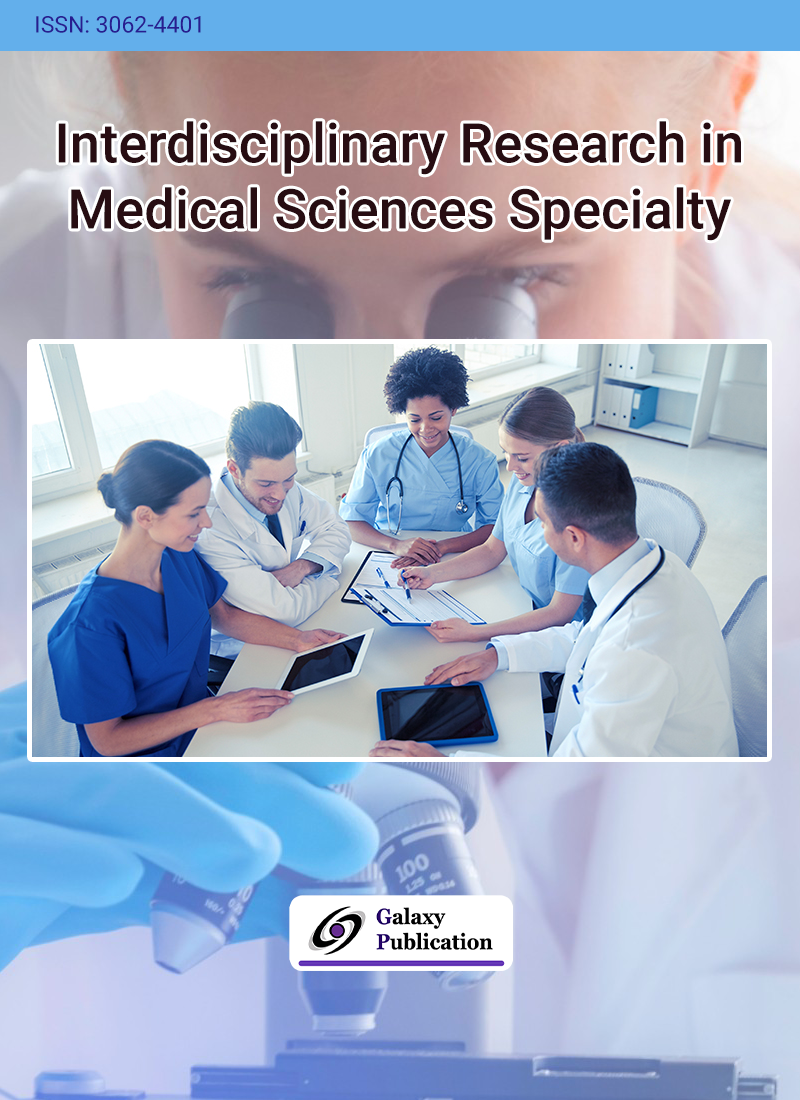
The present study aimed to review the definition, diagnostic approaches, and management protocols of postpartum hemorrhage in contemporary research. Postnatal bleeding refers to hemorrhage originating from the parturient canal, occurring either during the early or late period following childbirth. In most cases, postnatal bleeding occurs as a complication of significant obstetric conditions. The severity of this condition is largely determined by the volume of blood lost. Globally, postpartum bleeding is recognized as the leading contributor to maternal morbidity and mortality. According to data from the World Health Organization (WHO), postpartum hemorrhage is responsible for approximately 75% of maternal deaths, translating to over 70,000 fatalities worldwide each year. The clinical consequences of this condition include the immediate risk of hemorrhagic shock, potential multi-organ failure, complications related to blood transfusion, the development of chronic anemia, and the necessity for admission to specialized hospital units equipped with intensive care resources. Despite advancements in clinical protocols and preventive strategies aimed at controlling blood loss, the widespread implementation of these guidelines in routine obstetric practice remains a pressing medical and social challenge. This is due to its significant contribution to maternal death and its profound impact on both physical health and psychological well-being. It is important to emphasize that, even with existing methods for anticipating blood loss, adherence to active management protocols, and the application of preventive and laboratory measures, postpartum bleeding continues to be a critical and unresolved concern in modern obstetrics.